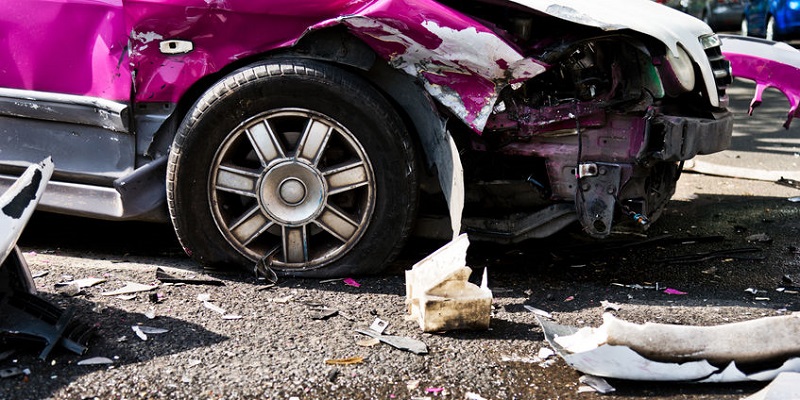Speeding was a factor in 39.6 percent of the 545 auto accident fatalities in Colorado in 2015. What will this mean for state officials as they allocate financial resources to safety programs?
The big question raised by shocking increases in Colorado’s traffic fatality rates is “Why?” Why and how did 546 people die from traffic accidents in 2015, a 12 percent increase over the year before?
The Colorado Department of Transportation spent 15 months digging into the data to find out and has just published its annual Problem Identification Report. The information may provide some insight into the continuing increase in traffic deaths. In 2016, the state saw the death toll jump to 607, an increase of 10.9 percent.
CDOT’s Highway Safety Office uses the report to guide how it allocates its financial resources and implements safety programs. The researchers believe the information gives them the best opportunity to decrease traffic deaths.
The report says:
“Most motor vehicle crashes are preventable. More action is needed to reduce the rising number of fatalities and injuries occurring from a car accident. The information provided in this report can help drive efforts at the state and local level to identify modifiable driving behaviors to improve traffic safety.”
Four Leading Elements in Colorado Auto Accident Fatalities
The researchers identified four major factors behind most of Colorado’s auto accident fatalities.
Speeding was an element in 216 deaths, or 39.6 percent of the total. The number was 29 percent higher than in the previous year, although Colorado officials had set a goal of reducing the number to 147 in 2015.
Failure to wear seat belts was a factor in 188 deaths, or about 54.3 percent of all deaths among passenger vehicle fatalities. The factor increased 21 percent from the previous year and surpassed the state’s goal to limit or reduce it to 145 incidents.
Seat belt use was on the rise, however. Researchers estimated belt usage increased statewide, as the percentage of riders who buckled up rose from 82.4 percent in 2014 to 85.2 percent in 2015.
Alcohol-impaired drivers had a hand in 151 traffic deaths, the report says. That’s 27.7 percent of all auto accident deaths. And although it exceeded the state’s target of only 120 deaths, it was also a 6 percent decrease from the previous year.
There were 106 accidents in which motorcycle riders died, about 19.4 percent of all traffic deaths. The number was a 13 percent increase over the previous year and went beyond the state’s target of only 79 motorcycle accident deaths.
Rural vs. City Death Rates
While traffic-congested urban areas saw an increase in fatalities, the relatively open rural areas saw a surprising jump, the researchers wrote. From 2014 to 2015, urban traffic deaths increased by 9 percent, from 260 to 284. Rural areas, however, saw their death toll increase by 14 percent between the two years, from 228 to 260.
Jefferson and Weld counties led the state with the most fatalities, 55 each. Denver had 51; El Paso, 48; and Adams, 44.
Denver led the state with 584 serious or incapacitating injuries. Arapahoe had 310; Adams, 296; El Paso, 272; and Jefferson, 244.
2015 Statistics: Some Data Highlights
- 122,575 crashes, up 7 percent from 2014.
- 506 fatal crashes, up 12 percent from 2014.
- 10,225 crashes with injuries, down less than 1 percent from 10,249 in 2014.
- 3,216 serious or incapacitating injuries, nearly the same as 2014.
- 557 of the 2,165 motor vehicle occupants injured seriously were not wearing seat belts.

